Tired of living on an overpopulated Earth? Why not move to the O’Neill Cylinder? An artificial state-of-the-art space habitat where we can control everything, including the weather.
What would it take to build a space station like this? How big would it be? And how would we make it suitable for life?
When physicist Gerard K. O’Neill came up with the idea of his space colony in 1974, people thought he was crazy. Back then, a cylinder floating in space didn’t seem like a space habitat anyone would want to move to.
But fast forward to our time. The world has grown by 4 billion people, climate change is on the rise. Moving to a space station doesn’t seem so crazy anymore, huh?
Now, this far-fetched idea inspires wealthy dreamers like Jeff Bezos, who is looking into building enough O’Neill cylinders to board one trillion people. But how exactly would this work?
The idea behind the O’Neill cylinder space station is simple. It would be a rotating space station about 6.5 km (4 mi) in diameter, and 26 km (16 mi) in length.
To build a structure that size, we wouldn’t need to collapse all the planets in the Solar System, like we would for some of the other space megastructures. Mining our Moon and some nearby asteroids should be enough to provide us with all the material we’d need.
We’d assemble the cylindrical station right in space, somewhere between the Earth and the Moon. We’d park the O’Neill cylinder at a Lagrange point, where it would stay in place, without being drawn into the orbit of either the Earth or the Moon.
Constructing the O’Neill cylinder would be one thing, but we’d also need to make it habitable. That means giving it gravity, water, and a breathable atmosphere.
Gravity would be easy. The cylinder would make a full rotation in two minutes. That would generate a centripetal force, which we would experience as gravity.
To make the structure more stable, and prevent it from drifting away, we’d need to build two counter-rotating cylinders, connected at each end. We’d design the space habitat to mimic Earth’s air pressure at sea level. And the built-in aluminum mirrors would give us control over the amount of sunlight getting inside the habitat. We’d be able to set our own day and night cycle, and manage the temperature inside the O’Neill cylinder too.
The space habitat would be powered by solar energy, gathered by all the solar panels covering the outer cylinder.
We’d create artificial mountains, valleys, and forests. We’d bring in water derived from icy comets. To get around the cylinder, we’d use cable cars. Or you could simply ride a bike.
It would be like a mini Earth, but with us having control over its climate. All that would take six years and a few trillion dollars to build. And if you don’t want to give up your home on Earth for some space habitat, the O’Neill cylinder would make a great vacation spot.
Welcome to O’Neill Cylinder 1, where there is no gloomy weather, and where all your food is grown at a local farm. Climb up our artificial mountain, and enjoy a great view from our space habitat for as low as $500,000.
Of course, there would be some challenges. We’d have to get really good at recycling all the waste aboard the space habitat, or it would turn into a space garbage bin very quickly.
Then there are asteroids. We’d have to keep track of how much damage they cause when they hit the O’Neill cylinder so that the situation doesn’t get out of hand.
And if something went wrong on the O’Neill cylinder, we could always use our plan B. Mars might be a harsh place to move to, but we’ve got some tips for you on how to survive on the red planet. Check out our new show that’ll help you survive whatever awaits you.
Subscribe to What-If on YouTube or follow the show on Facebook Watch.
Sources
- “How We Could Actually Build A Space Colony”. 2014. Popular Mechanics.
- “World population” 2020. populationpyramid.net.
- “How much does space travel cost?”. 2018. NBC News.
- “Jeff Bezos Wants Floating Colonies In Space With Weather Like Maui All Year Long — Here’s What He Thinks They’ll Look Like”. 2020. Business Insider.
- “The Colonization Of Space – Gerard K. O’Neill, Physics Today, 1974|National Space Society”. 2020. space.nss.org.
- “O’Neill Cylinder Space Settlement|National Space Society”. 2020. space.nss.org.













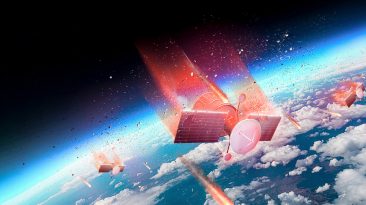
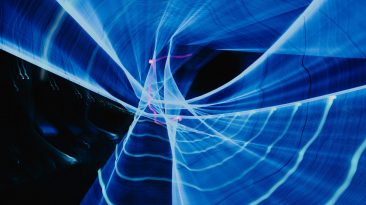

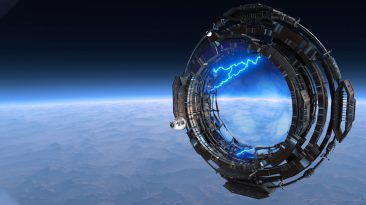
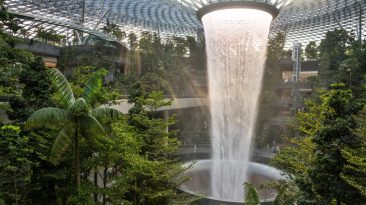


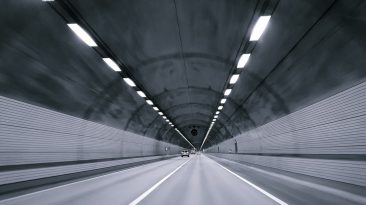
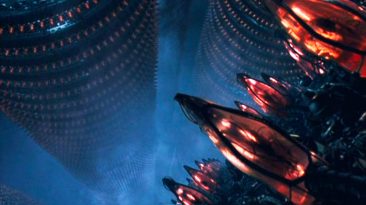
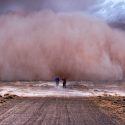





Hi may I know the movie name you used for this video from Netflix?
Demographic statistics the world’s population since the beginning of the pandemic is depressing, here is all the information https://population-hub.com